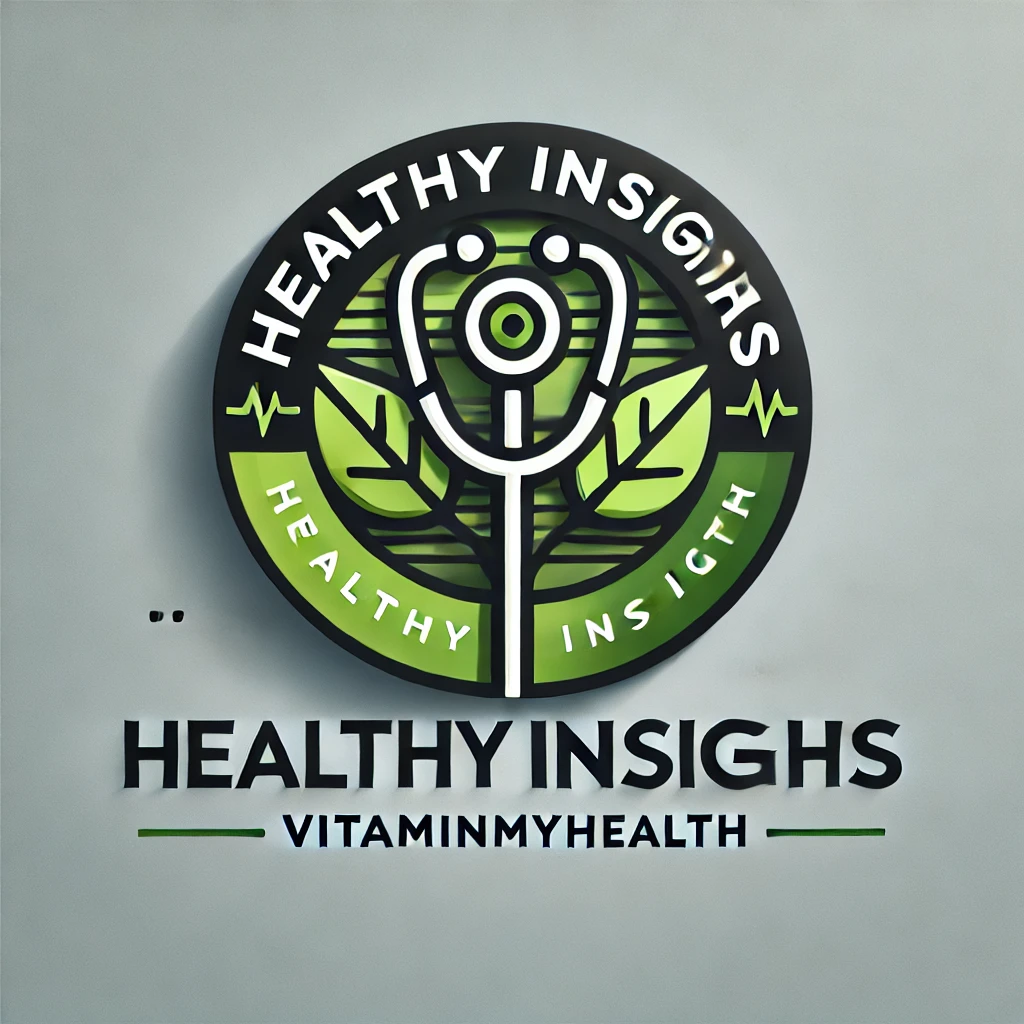Vitamin B5 (Pantothenic Acid): Benefits, Sources, and Daily Needs
Vitamin B5, also known as pantothenic acid, is an essential water-soluble vitamin that plays a crucial role in maintaining overall health. It supports energy production, skin health, cholesterol balance, and even helps the body manage stress. Since the body cannot store Vitamin B5, it must be consumed daily through diet.
Vitamin B5 as a Coenzyme
One of the most important functions of Vitamin B5 is its role in producing Coenzyme A (CoA).
-
Coenzyme A is vital for breaking down food into fatty acids and cholesterol.
-
It also helps create sphingosine, a fat-like molecule that assists in sending chemical signals within cells.
-
The liver relies on Coenzyme A to safely process toxins and medications.
Without enough Vitamin B5, energy metabolism and fat conversion become inefficient.
Vitamin B5 and Digestive Health
Vitamin B5 supports a healthy digestive system by helping the body absorb and utilize other vitamins, especially Vitamin B2 (riboflavin). While Vitamin B2 is linked to stress management, Vitamin B5 ensures the body functions smoothly by balancing nutrient absorption.
Skin Benefits of Vitamin B5
Research indicates that Vitamin B5 enhances skin health by serving as a natural moisturiser.
-
It may help heal wounds and skin lesions.
-
In one clinical study, people who took Vitamin B5 supplements experienced a noticeable reduction in facial acne after 12 weeks.
-
More research is still needed, but Vitamin B5 is considered a potential natural aid for acne management.
Cholesterol and Heart Health
Some studies suggest that Vitamin B5 may help lower cholesterol and triglyceride levels in the blood. However, this should only be attempted under the guidance of a doctor. Supporting cardiovascular health is one of the key potential benefits of pantothenic acid.
Vitamin B5 and Arthritis
Early research has shown that people with rheumatoid arthritis may have lower levels of Vitamin B5. While the evidence is not yet conclusive, scientists believe maintaining adequate Vitamin B5 intake could support joint health.
Symptoms of Vitamin B5 Deficiency
Although Vitamin B5 deficiency is rare because it exists in many foods, it can still occur in extreme cases. Symptoms may include:
-
Fatigue and apathy
-
Depression and irritability
-
Sleep disturbances
-
Stomach pain
-
Numbness, muscle cramps, nausea, vomiting
-
Frequent respiratory infections
-
Burning feet syndrome
Animal studies show that deficiency can also lead to skin irritation and premature greying of hair, which was reversed when Vitamin B5 was reintroduced.
Daily Recommended Intake of Vitamin B5
Since Vitamin B5 is water-soluble and excreted through urine, it must be replenished daily:
-
Infants 0–6 months: 1.7 mg/day
-
Infants 7–12 months: 1.8 mg/day
-
Children 1–3 years: 2 mg/day
-
Children 4–8 years: 3 mg/day
-
Children 9–13 years: 4 mg/day
-
Teens & Adults (14+ years): 5 mg/day
-
Pregnant women: 6 mg/day
-
Breastfeeding women: 7 mg/day
Food Sources of Vitamin B5
Vitamin B5 is widely available in both plant and animal foods, making it easy to include in a balanced diet. Common sources include:
-
Meat & Poultry: Pork, chicken, turkey, duck, beef, liver, and kidney
-
Seafood: Salmon, shellfish, lobster
-
Grains: Whole-grain bread, cereals (though milling may reduce B5 content by up to 75%)
-
Dairy: Egg yolk, milk, yoghurt, cheese
-
Legumes: Lentils, soybeans, split peas
-
Vegetables: Avocado, broccoli, mushrooms, sweet potatoes, kale, cauliflower, corn, tomatoes
-
Other Sources: Peanuts, sunflower seeds, wheat germ, brewer’s yeast, oats, royal jelly
Conclusion
Vitamin B5 is essential for energy production, skin health, cholesterol balance, and digestion. While deficiencies are rare, maintaining a diet rich in whole, unprocessed foods ensures an adequate intake. Because Vitamin B5 is lost during food processing (freezing, canning, milling), choosing fresh and natural foods is the best way to meet your daily needs.
Taking care of your Vitamin B5 intake is a simple but powerful step toward better health, improved energy, and overall well-being.
crossorigin="anonymous">



